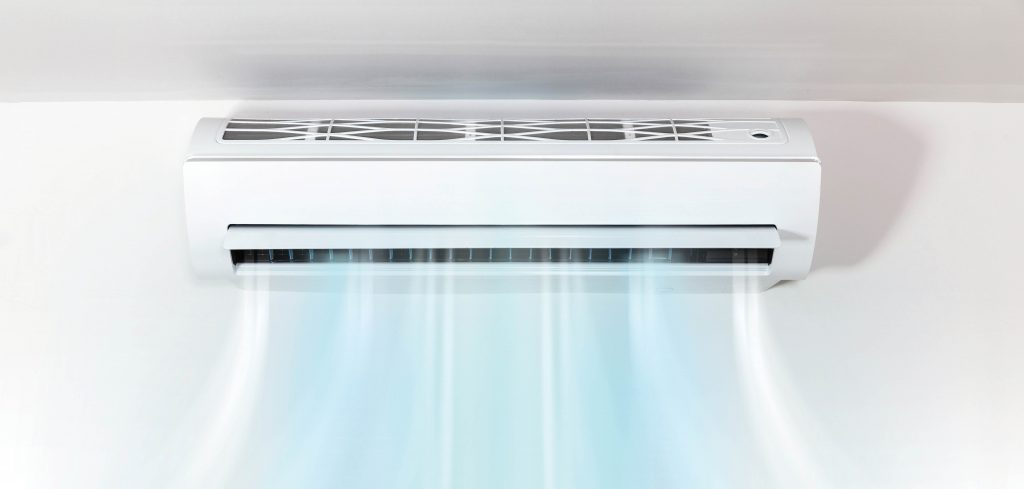
BY RICK McKINNEY
With summer right around the corner, it’s time to dust off your thermostat and schedule your spring HVAC service appointment. Before investing in costly repairs to your current HVAC system or adding ductwork to your family’s new home addition, consider an alternative heating and cooling option.
You can beat the summer heat and next winter’s chill with ductless mini-split heat pump systems, more commonly known as “mini splits.”
What are mini splits?
The technology behind a ductless mini split is not new, but the equipment is becoming ever more accessible. Much like a standard heat pump, a mini split system has an outdoor compressor/condenser unit and an indoor air-handling unit. Linking the two units is a conduit tube housing the power cable, refrigerant tubing, and a condensate drain. New models are highly efficient, small and rather quiet. The flexibility and ability to both cool and heat a room benefits homeowners who want to satisfy the needs of one space, or even create varying zones throughout their residence. There are a variety of mini split manufacturers, but much like your LED lightbulbs or refrigerator, it’s best to search for an Energy Star-compliant unit. Mini-split efficiency is also heavily reliant on selecting a qualified and experienced installer.
When are mini splits right for my home?
A ductless mini split offers an efficient and budget-conscious option for homeowners in the market for cooling or heating equipment. Single room conditioning is not the only use for mini splits though. One of the main advantages of a mini split is its size and flexibility. It can even control up to four indoor units with one outdoor compressor/condenser. Zoning within a home, or simply conditioning occupied rooms, not only conserves energy, but saves money.
Another key advantage is that zero ductwork is needed installing a mini split system. Retrofitting into low ceilings or constructions with no previous standard HVAC equipment is simple.
Did you know that ductwork energy losses with central air systems can be as high as 30 percent in many homes? With a mini split system, you will not only save money, but you can install it even where natural gas or propane is not available for heating.
Whether you are considering this technology for your whole home, your garage, or even business, the indoor air handlers have several installation options to fit your needs. Sleek jackets for the units allow for both ceiling (fitting in-between ceiling joists) or wall-mounted installations. Although not nearly as common, floor-standing models may also be available to accommodate your space.
Although the advantages of a mini split system are impressive, the technology may not be the right fit for every conditioning need. Mini splits do not have a seamless “built in” look and do not operate at the highest efficiencies when a floor plan has many rooms.
Always refer to the technical specifications of the unit you are considering and also take advantage of your qualified HVAC contractor when researching this option.
RICK McKINNEY is the marketing and energy services manager at South Central REMC in Martinsville, Indiana.



